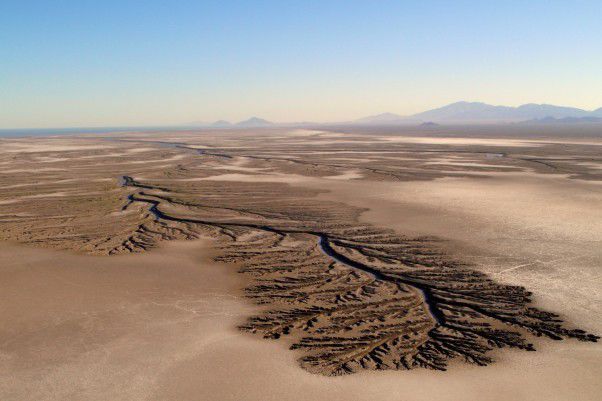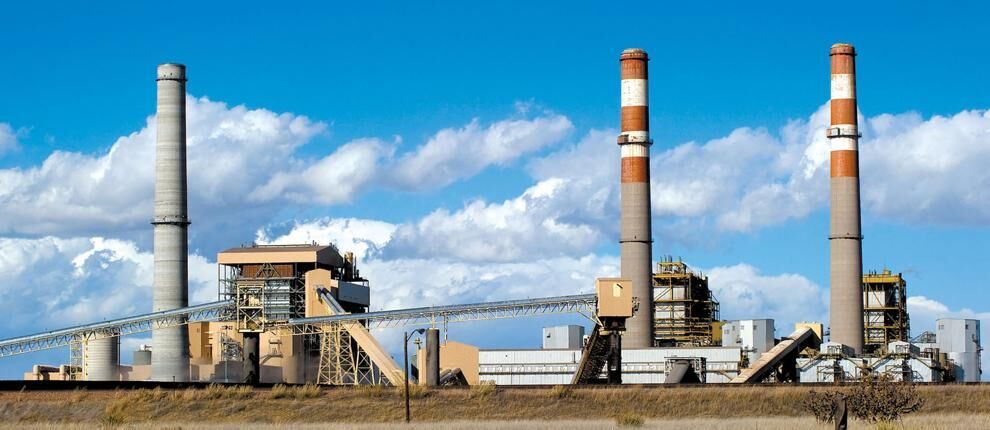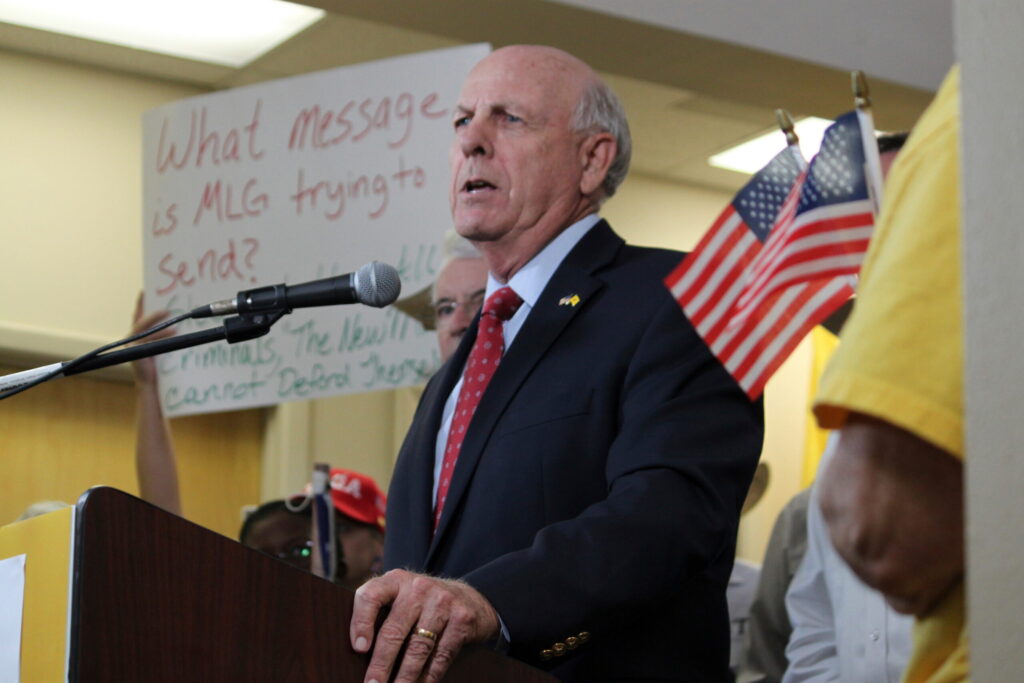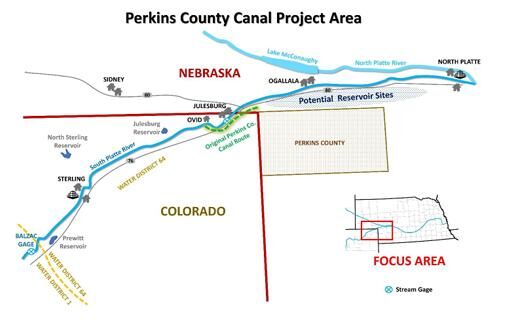CSU lands $25 million grant to boost methane detection work
The largest and most active methane emissions detection test bed in the world is located in Colorado. It just landed a $25 million grant from the U.S. Department of Energy to expand its methane leak simulator site in Fort Collins.
The Methane Emissions Technology Evaluation Center (METEC) is part of a collaboration between Colorado State University and the oil and gas industry to provide an advanced testing facility for new types of methane detecting equipment.
The simulator is “eight acres of Hollywood well pads,” said Daniel Zimmerle, director of the methane emissions program at CSU. “I like to call it Hollywood well pads because it looks like well pads, we can make them emit like well pads. So, it is just like a Hollywood set except it’s for leak detection.”
While CSU has been working on methane since 2011, the eight-acre facility outside of Fort Collins started in 2017 and operates more than 200 days per year testing equipment needed to find leaks in natural gas extraction and transmission systems.
“There is a tremendous need in the industry right now for support in method development and data collection to improve performance. This award from the DOE speaks to that need as well as our mission as a center directly,” Zimmerle said in a news release. “The planned upgrades will further enable testing across the natural gas supply chain from production to end use.”
Zimmerle said there are more than 200 independently controlled leak points in the simulator that can be combined to set up scenarios typical of production systems.
His team of 18 full-time employees and about 16 graduate students both operate the simulator, sometimes 24/7 and for months at a time, and conduct field research.
One current field project involves flying aircraft equipped with methane detectors in all of the gas production basins in Colorado, including the Denver-Julesburg Basin north of Denver and the upper Green River basin in southwest Wyoming. The intent is to reconcile differences in leak data found in current measurements.
“That is what’s called a top-down bottom-up project where we have towers that are going to surround the whole basin and get an estimate from the top down,” said Zimmerle. “And then we have a field campaign which is going to look at facilities with ground-based teams and aircraft-based teams to understand better why those two numbers don’t agree.”
The facility tests everything from fixed fence line monitoring sensors to hand-held and vehicle mounted systems.
In the course of testing, said Zimmerle, methane is necessarily emitted into the atmosphere. He said they can program leaks as small as one cubic foot per hour up to 600 cubic feet per hour.
Using their portable system they can hook up to a gas line at a gas company’s facility and go up to about 125,000 cubic feet per hour.
“That’s a major event,” said Zimmerle. “And some of those may be like blow downs or similar types of maintenance events. Others could be things like an unlit flare in locations where gas flaring is allowed. You also see problems occasionally, rarely, but occasionally problems where there’s actually leaks that large as well.”
One of the technologies they work with is the frequency comb laser system invented and developed at the University of Colorado Boulder. That system, marketed by LongPath Technologies of Boulder, can not only detect methane emissions, but using laser light only absorbed by methane molecules, it can quantify how much of the gas is leaking.
“There’s various hand carried instruments we’ve tested, things you can put on aircraft or drones and fly around stuff you put in larger aircraft and fly overhead,” Zimmerle said. “We’ve tested almost every combination except for one, actually we have not had gas sniffing dogs yet come to the facility and yes, it actually is a thing.”
Zimmerle said they are developing a portable system that can be moved around the country to replicate equipment tests in different climatic conditions and on different site types.
The current site is going to be rebuilt to look more like today’s larger, more complex natural gas handling sites.
To run a test of a detector costs about $3,500 per day, he said. But for larger test programs using multiple types of equipment, the costs can be split among participants. Also, Zimmerle said the Department of Energy has been buying down the testing costs by about a third to a half to make it less expensive and to stimulate the industry.
Twenty million of the award comes from the DOE, while the remaining $5 million comes from matching industry funds.




















